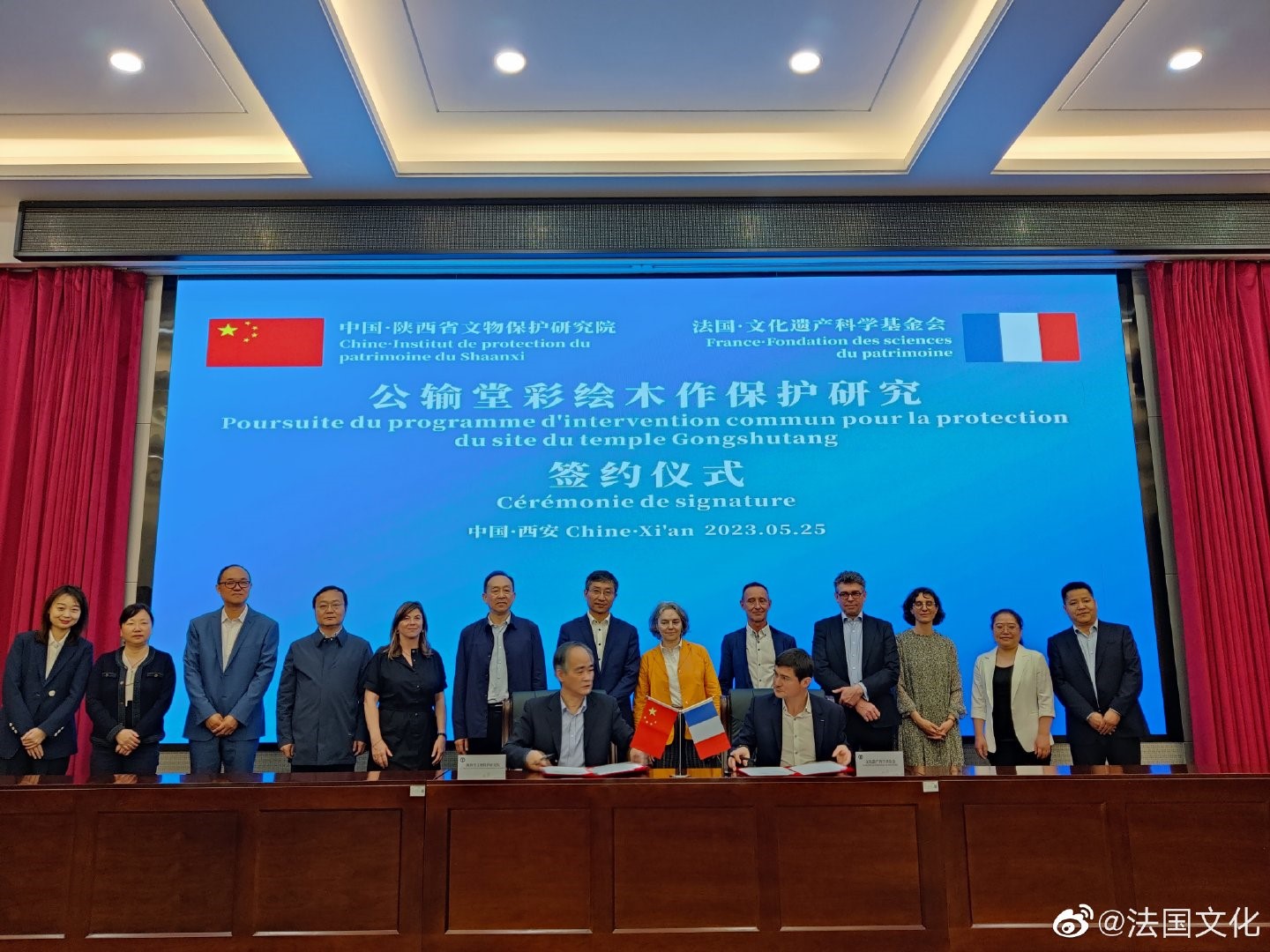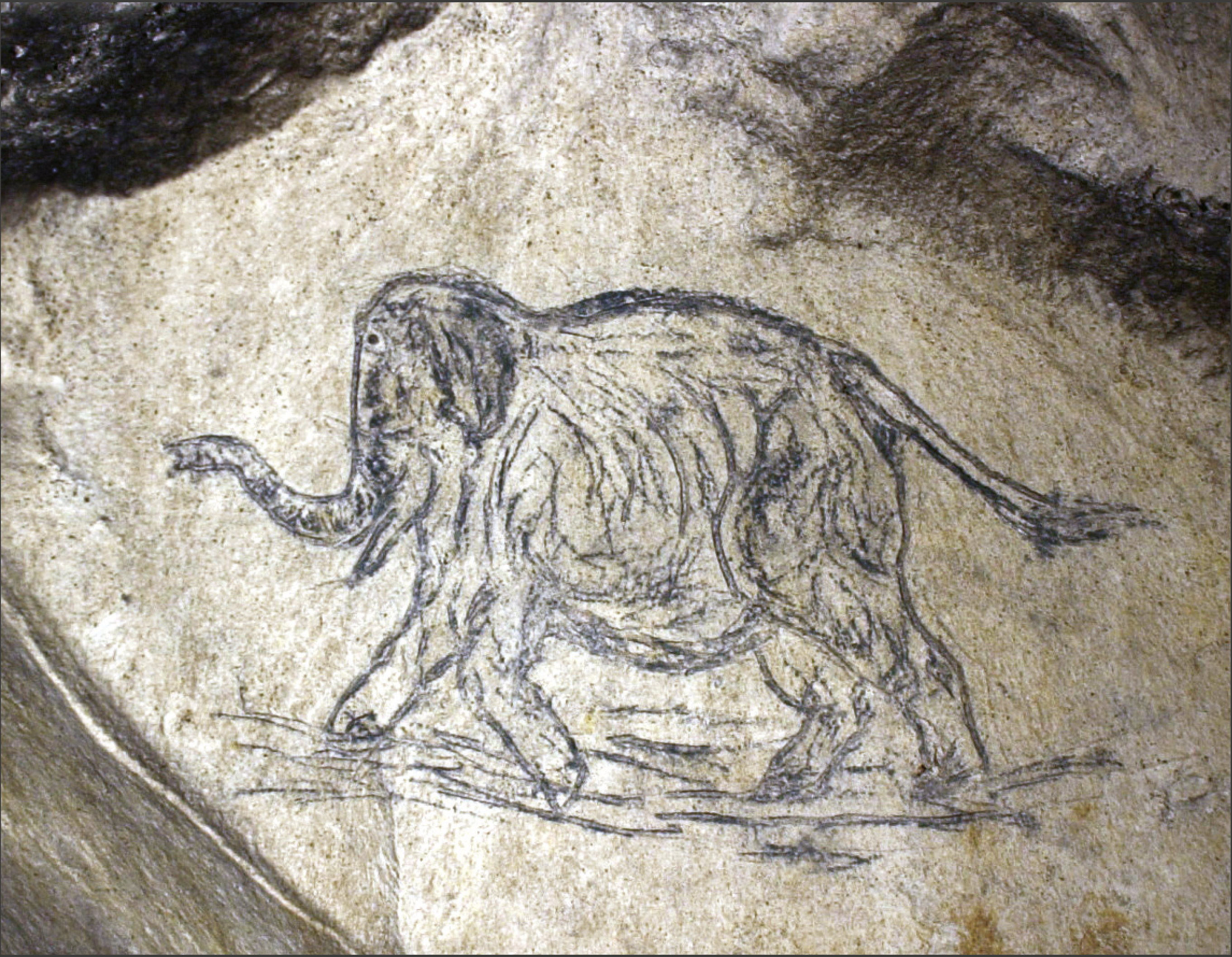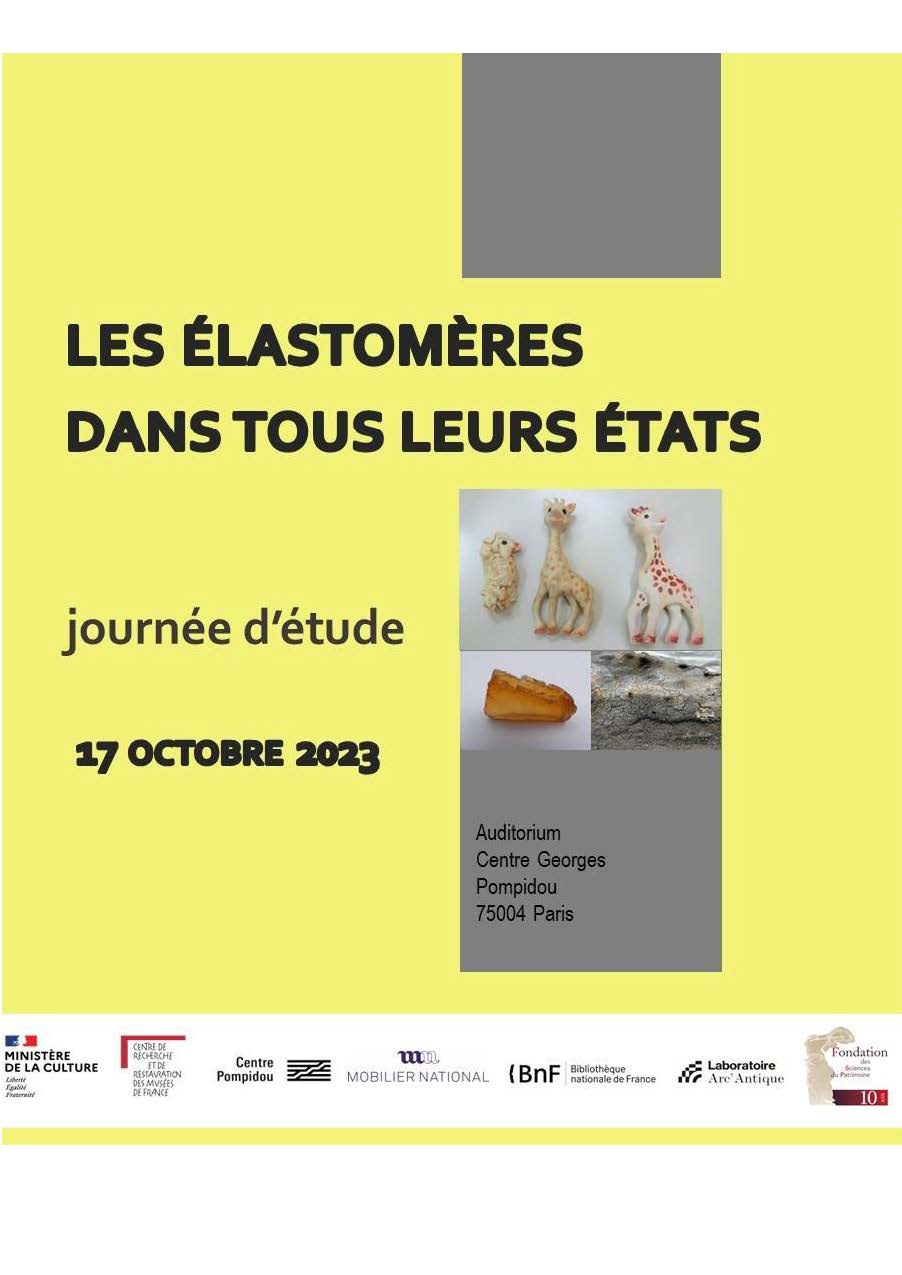
Auteur/autrice : Emmanuel Poirault
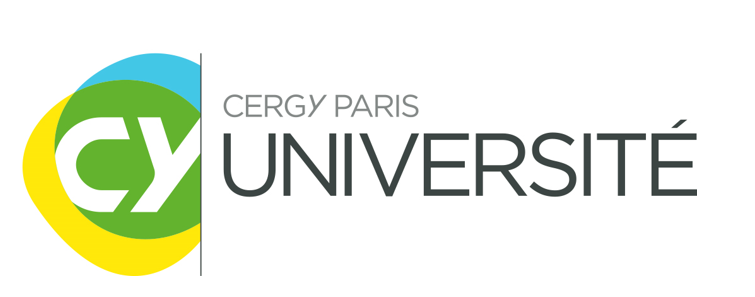
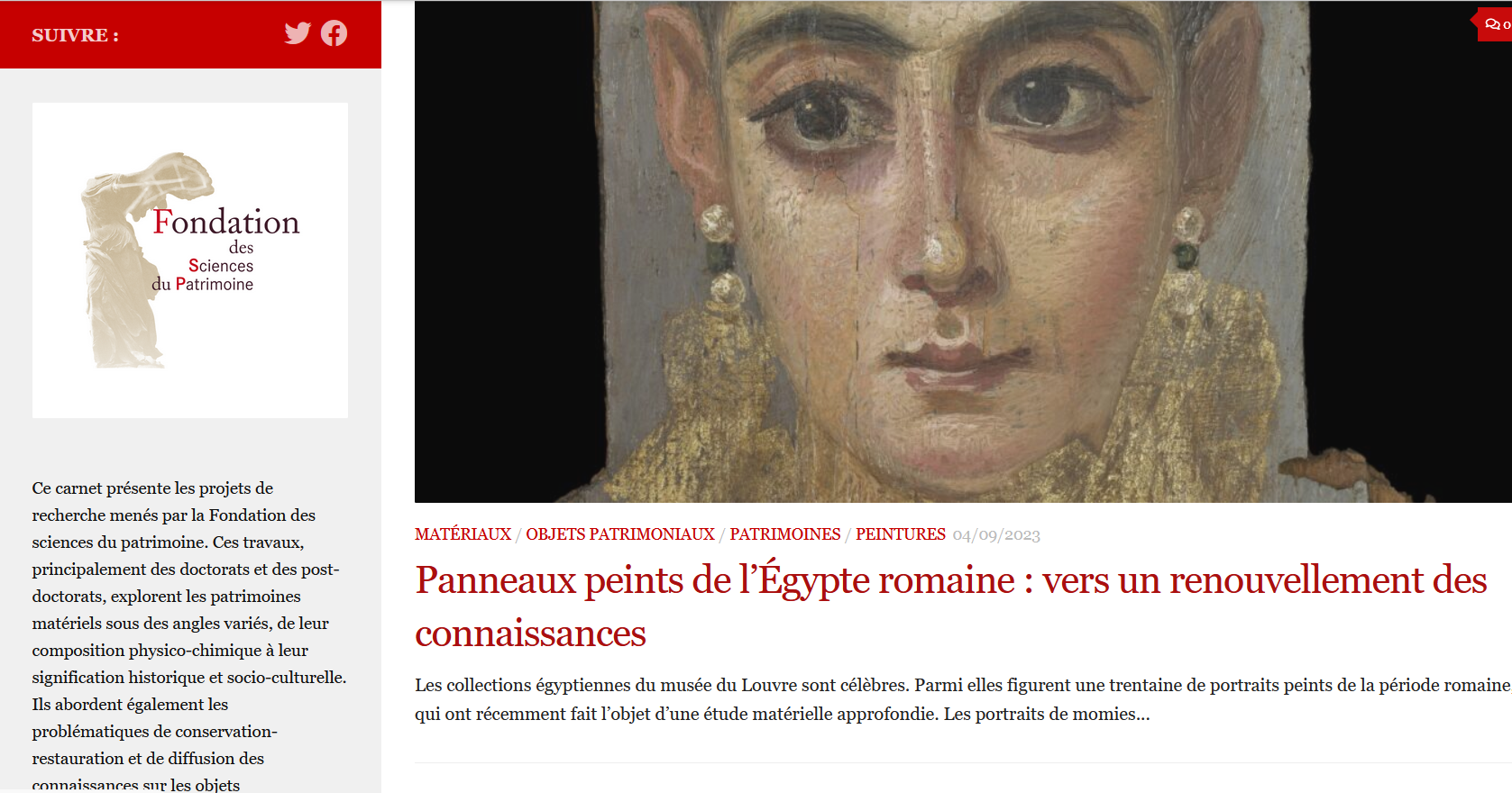
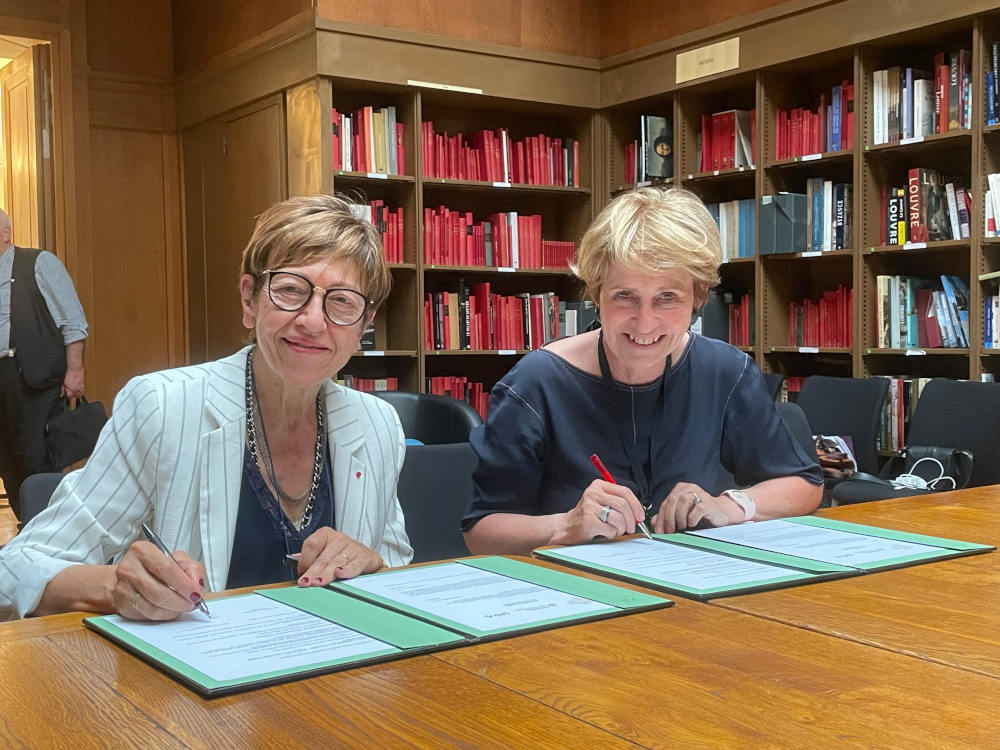
Patrimalp : un projet de recherche interdisciplinaire en sciences du patrimoine
Cet accord cadre amplifiera les actions du projet Patrimalp. Porté depuis 2018 par des membres des laboratoires de l’UGA, alliant des compétences en sciences humaines, géosciences, ingénierie numérique, sciences des matériaux en lien étroit avec les acteurs du patrimoine et de la vie culturelle, conservateurs et restaurateurs-conservateurs, Patrimalp contribue au développement d’une science interdisciplinaire nouvelle : la Science du patrimoine. Patrimalp s’inscrit donc dans la politique promue par le conseil et le parlement européens de valorisation du patrimoine culturel lequel a établi pour la première fois en 2018 une Année européenne du patrimoine culturel qui, entre autres, a pour but d’attirer l’attention sur les défis auxquels il est confronté, notamment l’incidence du passage au numérique, les pressions environnementales et les contraintes physiques qui s’exercent sur les sites du patrimoine et le trafic des biens culturels.
Un projet interdisciplinaire dont l’objectif majeur rejoint la raison d’être de la Fondation des sciences du patrimoine, structure nationale qui a pour objectifs d’assurer une structuration et le financement de la recherche sur le patrimoine culturel matériel.
Une première réalisation déjà engagée !
Le 28 juin dernier, le Conseil d’administration de la FSP a inscrit le projet REDDISH (Des rouges des vivants au vermillon des défunts ? PRovenances Et Destinations Des matIèreS colorantes entre Vaucluse et Lubéron au NéolitHique) dans sa programmation scientifique. Ce projet porté par Lucile Beck du Laboratoire des sciences du climat et l’environnement (LSCE) de l’université de Versailles Saint-Quentin Paris Saclay et Bernard Schmitt de l’Institut de Planétologie et Astrophysique de Grenoble permettra d’accompagner les trois années de recherche d’un doctorant. Cette recherche vise à mobiliser des données archéométriques dans une interprétation sociale et culturelle des usages des matières colorantes entre Monts de Vaucluse et Lubéron au Néolithique. L’interrogation conjointe des matières colorantes de l’art pariétal schématique et des stèles gravées et colorées érigées en contexte funéraire visera à questionner la diversité de ces matières et de leurs provenances en regard de leurs usages sociaux et culturels.
Comité d'organisation
- Lionel Arsac (château de Versailles)
- Oriane Beaufils (château de Fontainebleau)
- Anne Bouquillon (C2RMF)
- Ann Bourgès (C2RMF)
- Valérie Carpentier-Vanhaverbeke (musée du Louvre)
- Stéphanie Deschamps-Tan (musée du Louvre)
- Jean Ducasse-Lapeyrusse (LRMH)
- Étienne Guibert (château de Compiègne)
- Léon Lock (The Low Countries Sculpture Society)

